In Part 1 of this series on management transformation patterns, we looked at how the ‘Curse of Plenty’—the complacency that can accompany prosperity—can reduce your appetite for the hard work of transformation.

Now let’s look at what you can do about it.
There are three broad ways to fight the Curse of Plenty:
- Set expectations appropriately
- Minimise the cost of failure
- Maximise the learning opportunities
Let’s look at these areas in turn, and which Cloud Native patterns can be applied to manage them.
Setting Expectations
If you are a successful company generating profit, then you may well have a certain set of expectations about what any new project should bring. For example, you may be a profit-focussed company that looks at every project on a cost/benefit horizon of a year, or even a quarter. Or you may be a time and materials service company that is used to generating revenue very quickly from the start of a project.
It’s important to understand at a high level when dealing with the Curse of Plenty that your new initiatives might need to be valued differently. For example, you might be a financial services company that aims to attract lower-value younger customers rather than higher-value older customers. Your transformation strategy therefore might be judged on how many new and younger customers you can gain, rather than how much revenue these new customers bring in.
Case Study 3: New Products Now!
A young engineer joined a fast-growing professional services company. He was promoted very quickly, and then put in charge of a ‘new products’ team with a wide remit. After three months, he got a very negative review, citing the fact that a long-standing customer team had turned a greater profit than his new products team. At the time, the first product identified was still being built, and was ahead of schedule, but as-yet unsold.
This ‘new products’ pattern is very common in bespoke services companies that are used to ‘farming’ a steady stream of profit from their established customers. While the lure of high profitability from product sales is a strong motivator for senior management initiating such projects, adjusting their expectations for the longer road to profitability can prove problematic.
Here the Objective Setting pattern can help clarify the goals of your transformation in a conscious way. Combined with the Dynamic Strategy pattern, you can communicate to your business that one of the goals of the transformation is to determine the best way to head off distant threats without threatening the company’s current cash cow.
Objective Setting
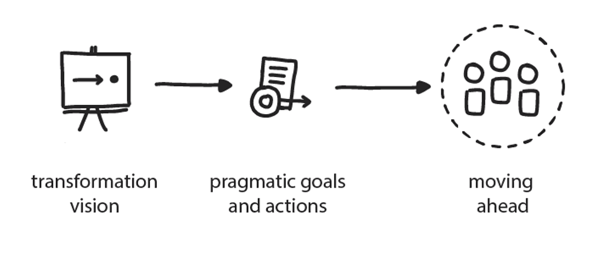
Dynamic Strategy

That means that ‘success’ for any change project will probably need to be defined on different terms than the existing, successful projects. The challenge doesn’t stop with grasping that point, but continues as you have to communicate that change in success criteria across the business as part of the Internal Evangelism pattern.
Internal Evangelism
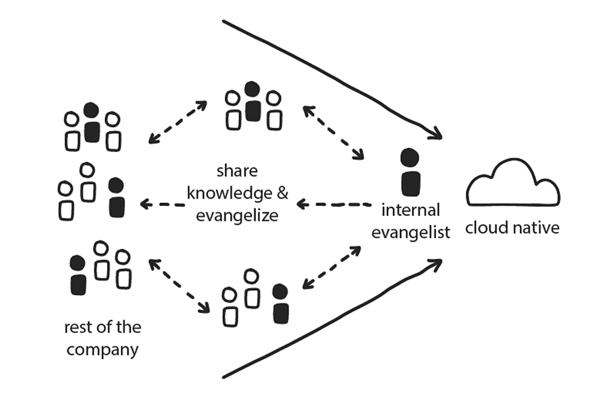
Minimising the Cost of Failure
Any profitable enterprise typically has an aversion to losing money. There are, of course, plenty of positive things to say about this aversion, so when taking on potentially risky transformation efforts it is good to attempt to minimise the cost of failure.
The simplest way to reduce the cost of failure is to adopt a Gradually Raising the Stakes approach. Starting with low-cost Exploratory Experiments and No Regret Moves.
Gradually Raising the Stakes
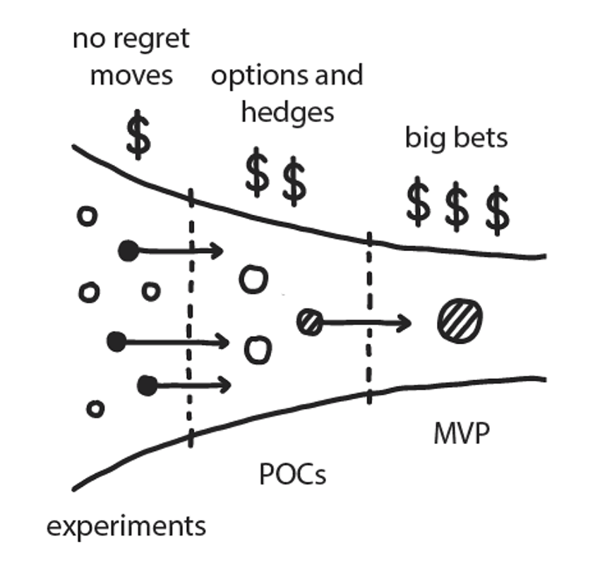
Exploratory Experiments
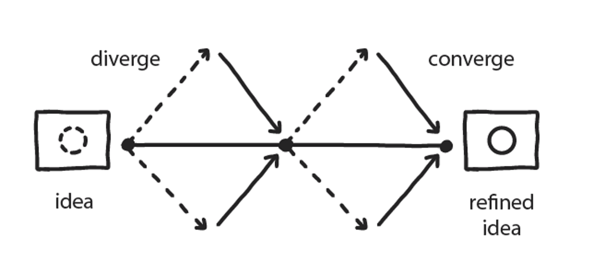
No Regret Moves

As learning and confidence increases, you can move onto Options and Hedges via Proofs of Concept, which can in turn lead to a more focussed approach to execution in the Big Bet phase.
Options and Hedges
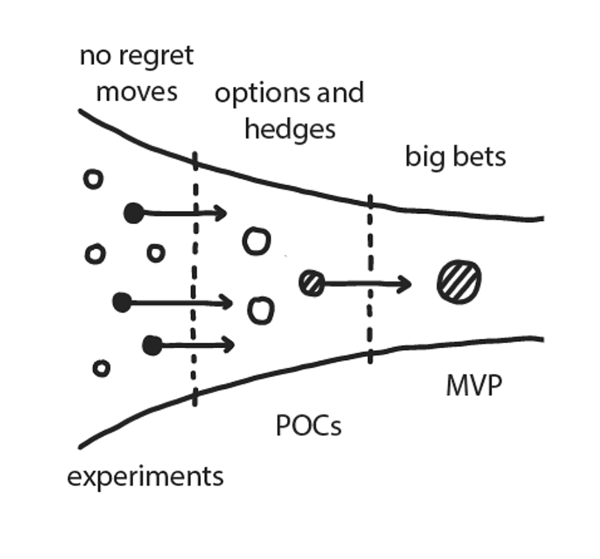
Proof of Concept
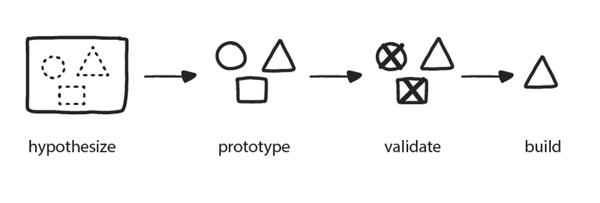
Big Bet
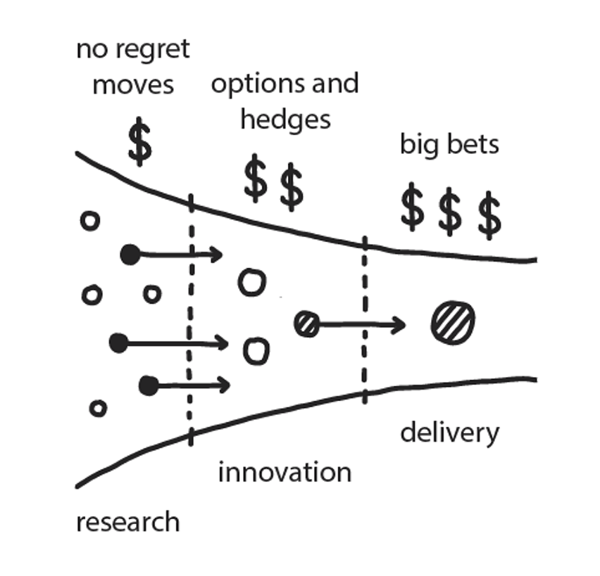
In order to facilitate these experiments, you may need to consciously work to Reduce the Cost of Experimentation: If your project delivery cycle requires extensive up-front planning even for small initiatives, then these overheads can potentially stifle productive learning processes even before they start.
Reduce the Cost of Experimentation

Maximise Learning
Having kept the cost of failure down, it’s worth looking at maximising the upside of failure. Since no one has all the answers and every business situation is unique, every time your organisation fails to deliver something, there is an opportunity to learn.
Case Study 4: Getting Support Right
Back in 2000, a services company with a market-dominating product tried to build a support function. It sold lots of contracts, then went looking for support engineers and managers based on standard definitions of what these roles were in the market. Having hired a small team, it quickly learned that the customers didn’t want a standardised support team. Instead, they preferred an approach where experienced developers supported the software, an approach that later came to be known in the industry as ‘DevOps’, and more recently ‘Site Reliability Engineering’.
Rather than try and persist with a broken standard model, the team was dissolved and a new team built from experienced engineers who were more empowered to resolve issues. The customers were happy, and time spent in the team was seen as critical to the career development of technical staff.
By quickly identifying a ‘standard’ solution that wasn’t working, and taking steps to change course quickly by asking the stakeholders what they wanted, an innovative and commercially successful approach was taken without much damage being caused. In fact, the company was praised by its customers for its swift and responsive action, and even asked for consulting on how to set up their own teams in a similar way.
Creating an organisational Learning Loop within the business can create a capability that is in itself a pipeline of value. Knowing how and why a particular approach doesn’t work for your business reduces costs in the longer term, as you are less likely to make the same mistake twice.
Learning Loop

Ultimately you want to become a Learning Organisation that can adapt to change without threatening the existing, profitable business that you want to protect. These learnings can then be used in multiple ways, for example, to:
Avoid costly repetition of strategic missteps
- Make more sophisticated decisions when buying third-party products, hiring external staff, or partnering with other businesses
- Build innovative new products
- Reduce running costs
Learning Organisation
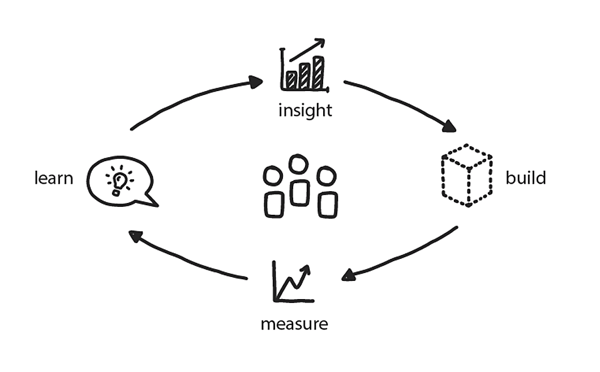
An organisation that invests in learning how to learn will reap dividends for years to come. This is especially true in the field of Cloud Native software engineering and operations.
Conclusion
In our experience at Container Solutions, the Curse of Plenty is not universal, but is far from rare. The businesses that have sustained themselves over time lack an immediate incentive to change, so it is not hard to find examples that are so successful that they are tempted to rest on their laurels.
By respecting the importance of their historical success as they focus on developing skills, and expertise experience in areas that threaten their core business, these companies can have the best of both worlds: a stable but potentially time-limited core business, and the capability to invest in new options for growth without risking their current prosperity.
Photo by Joshua Hoehne on Unsplash


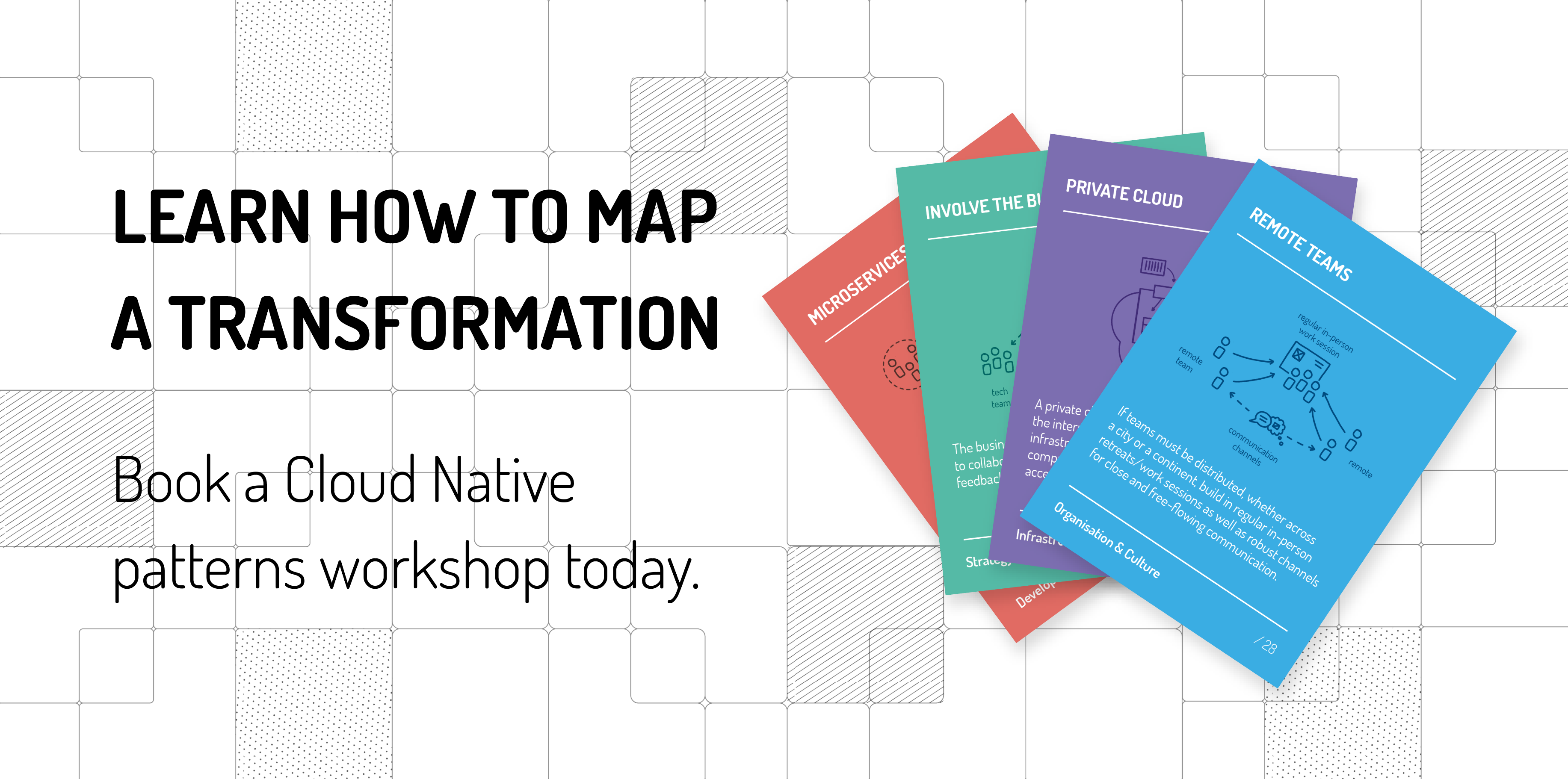
 Previous article
Previous article
